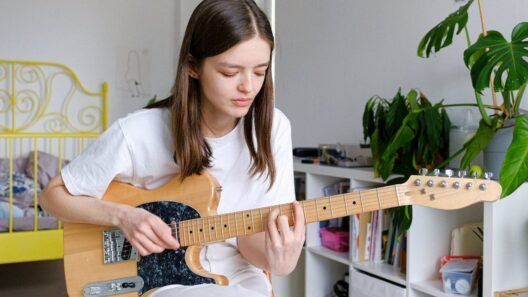This timely retrospective of artist Gavin Jantjes (b. 1948, South Africa, lives and works in the UK) is his largest solo presentation in the UK to date, bringing together over 100 prints, drawings, and paintings – many of which have never been shown in the UK before.
To be Free! Traces Jantjes’ development as a painter, printmaker, writer and curator, while foregrounding his critical role in furthering the discourses around, and representations of, Africa and its diasporas.
Significantly, 2024 marks the 30th anniversary of the first free elections in South Africa, providing an important topical context for this presentation. Jantjes’ engagement with anti-apartheid activism in the 1970s and 1980s led to his political exile, with his work censored in his home country. To be Free! explores the impact this had on his life and work, not least by affecting a move to Europe. Works on show span the breadth of Jantjes’ extraordinary career, encompassing his ground-breaking print works, his compelling, figurative and metaphorical portrayals of the global Black struggle for freedom through to his recent transition to non-figurative painting.
The exhibition also reflects on his transformative role at art institutions in the UK, Germany and Norway. In particular, it highlights Jantjes’ influence on the cultural landscape of London. Works such as his seminal print series A South African Colouring Book (1974–5), a searing critique of apartheid shown at the ICA in 1976, and his involvement as exhibiting artist and co-curator in the ground-breaking exhibition From Two Worlds (1986) at Whitechapel Gallery cemented his position as a major voice in the UK’s art scene.
Presented across Whitechapel Gallery’s main exhibition spaces, To Be Free! is structured as a series of chapters, each focused on key evolutions in Jantjes’ practice. Visitors will first encounter a comprehensive display of his prints from the 1970s to the 1990s, as well as a selection of early paintings during his years of exile. These works not only proposed new and expanded approaches to these mediums but, through their subjects, drew attention to particular political situations in Africa – North and South of the equator. Jantjes’ writing at this time often referenced the revolutionary leader Amílcar Cabral’s words: ‘I don’t need to remind you that the problem of liberation is also one of culture. In the beginning it’s culture, and in the end, it’s also culture.’
Subsequent chapters show Jantjes exploring African cultural histories and their interactions with the artistic traditions encountered during his European exile. His Korabra series of large-scale paintings from the 1980s draws attention to the European slave trade, clearing the ground for his epic canvases of the late 1980s that explore the entanglement of African and European art histories. His Zulu series (1986-1990) traces his evolution from figurative representation and linear narration toward allegory, metaphor and the poetic.
The final chapter in the exhibition presents Jantjes’ hitherto unseen recent paintings that advance his search for artistic freedom. Emerging organically from his preceding work, these paintings mark a complete shift to non-figuration. Mostly untitled, the works presented in this last section evoke issues of personal and cultural freedoms. His Exogenic series (2017) represents an unshackling from expectations of what African contemporary art should look like, and the light-filled, delicately hued canvases in his Witney series (2020), Sharjah series (2022) and Kirstenbosch series (2023) offer an open ended, unencumbered invitation to audiences to rethink their relationship to painting in an increasingly globalised art world.
Despite his impressive oeuvre, Jantjes has not had a major exhibition in the UK.To Be Free! provides Jantjes much-deserved institutional recognition. By celebrating the radical and distinct imprint he has left on the cultural landscapes of Britain and beyond, this expansive presentation provides audiences – especially those new to his work – with an unprecedented opportunity to consider the full breadth of Jantjes’ career and critical role as an agent of change: politically, ideologically and aesthetically.
Accompanying the exhibition is a new publication documenting the full breadth of the artist’s career. The publication includes a foreword by Hoor Al Qasimi, a critical essay on the artist by the exhibition’s curator, Salah M. Hassan, alongside contributions from writers Allison Young, Kendell Geers, Lars Elton, Dag Erik Elgin and Premesh Lalu.
A 45-minute documentary, To Be Free, by Paul Jantjes, produced by Studio 3 Oslo in Norway, will also be screened during the exhibition period.





